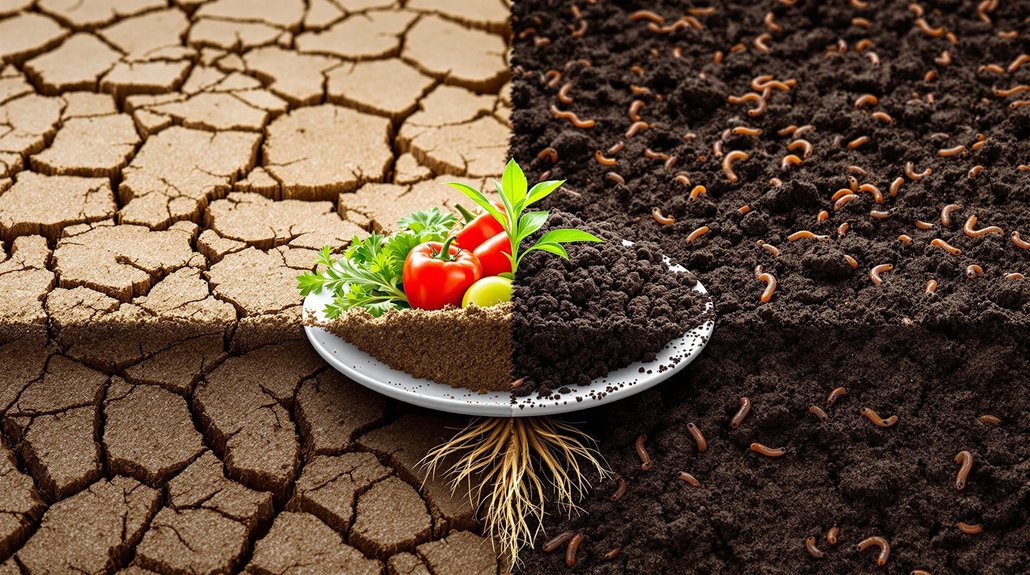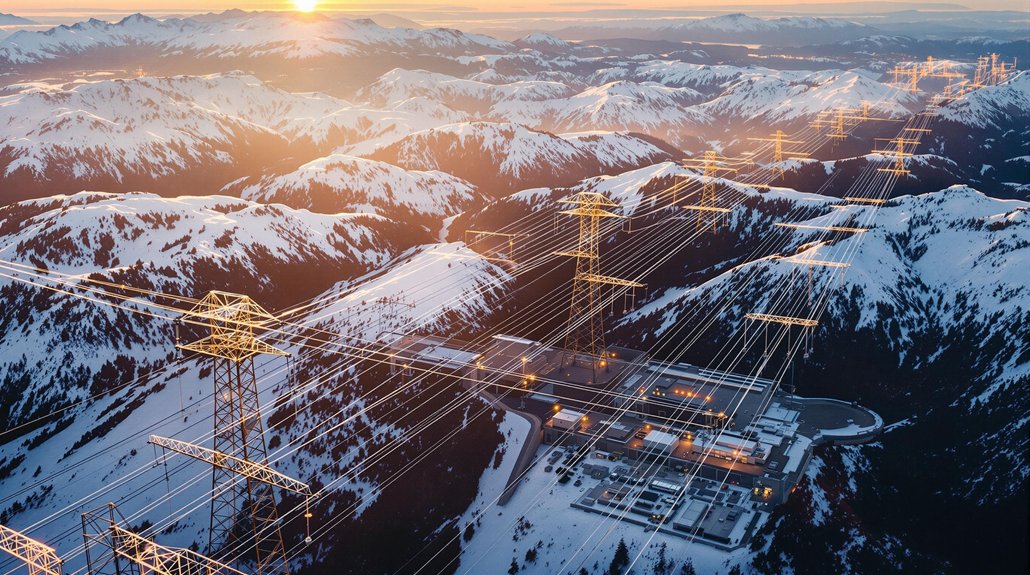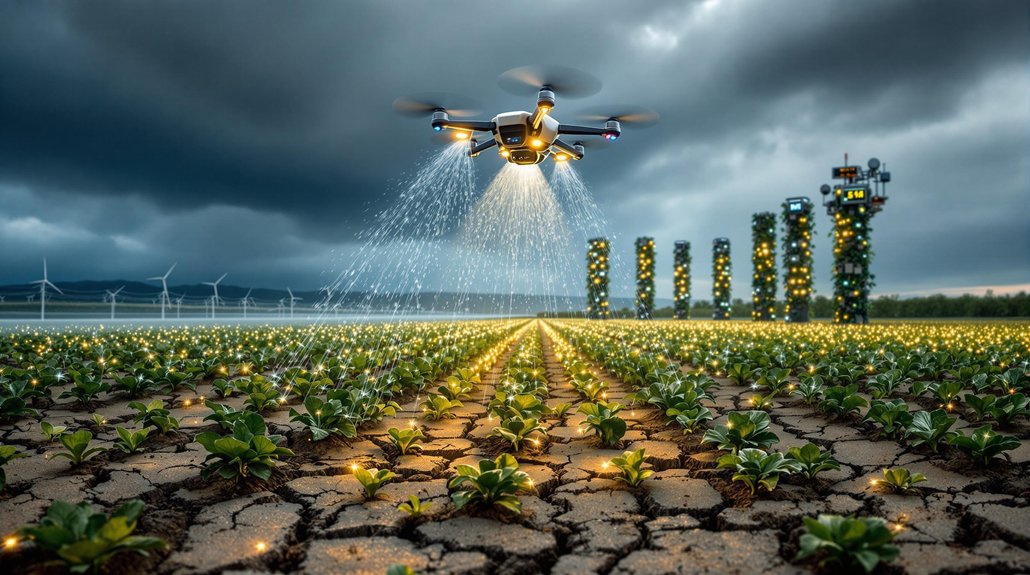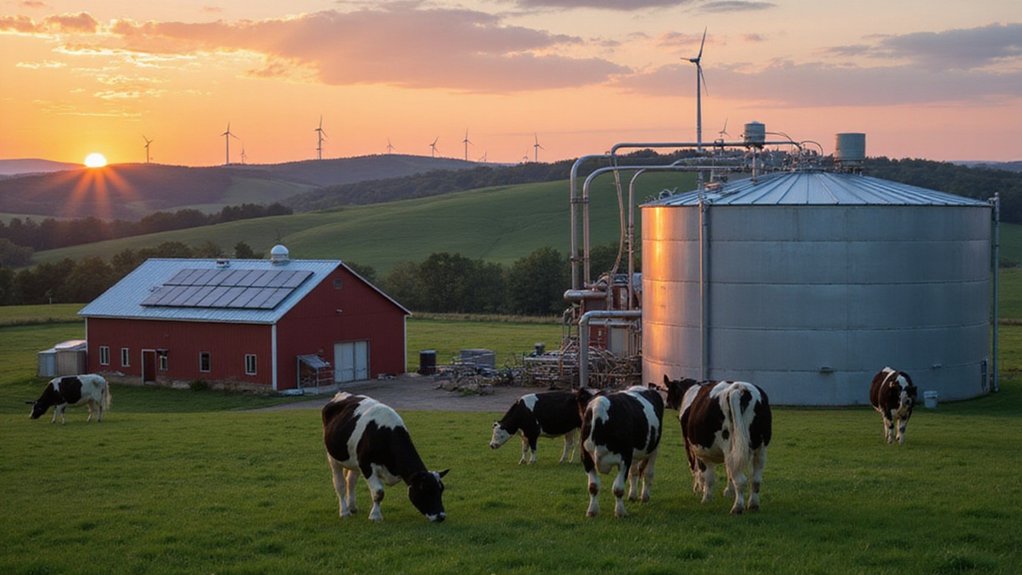The food on dinner plates across America connects to a growing crisis beneath our feet. Modern farming methods strip soil of nutrients and life. Scientists warn that current agricultural practices can’t continue without severe consequences. Tilling, chemical pesticides, and single-crop farming damage the delicate ecosystem that sustains our food supply. As topsoil disappears at alarming rates, experts question how much longer Earth can feed its population under these conditions.
The connection between what appears on dinner plates around the world and the health of Earth’s soil runs deeper than most people realize. Over half of all habitable land is now used for agriculture, causing widespread soil degradation. The foods we eat every day come from farming systems that often damage the very ground they grow in.
What we eat shapes Earth’s soil health, as modern agriculture steadily damages the ground sustaining us.
Conventional farming practices are taking a toll on soil health. When farmers till intensively and use synthetic pesticides, they disrupt the natural balance of organisms in the soil. These practices break down organic matter that gives soil its fertility. Agriculture also releases greenhouse gases that alter soil’s ability to store carbon. Food production is responsible for approximately one-quarter of global greenhouse gas emissions.
Water use in farming creates additional problems. Agriculture consumes massive amounts of water, putting pressure on areas where water is scarce. Over-irrigation can make soil too salty to grow crops. When excess water runs off fields, it carries nutrients that pollute rivers and lakes, harming soil downstream.
The loss of biodiversity is another serious concern. As natural habitats become farmland, the variety of life in soil decreases. Practices like growing only one crop reduce the diversity of microbes that keep soil healthy. Without these tiny organisms, soil can’t provide the nutrients plants need. Similar to how biofuels derived from monoculture create a sustainability paradox, industrial farming practices often solve one problem while creating several others.
Nutrients are being depleted faster than they’re replaced. Heavy farming uses up soil nutrients quickly. While synthetic fertilizers provide a quick fix, they disrupt natural nutrient cycles over time. This leads to less nutritious food and greater dependence on chemicals.
There’s hope in regenerative farming methods. These approaches, which include no-till farming and using cover crops, build up soil organic matter rather than depleting it. Farms using these techniques show healthier soil with more carbon stored.
Climate change makes these problems worse. Rising temperatures speed up the loss of organic carbon from soil. Extreme weather causes more erosion.
However, better soil management could help fight climate change by keeping more carbon in the ground where it belongs, rather than in our atmosphere.








